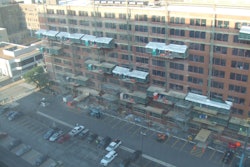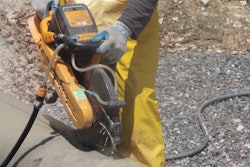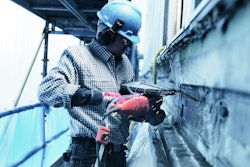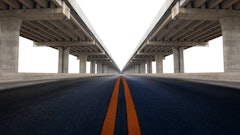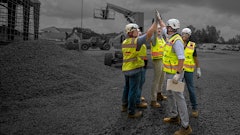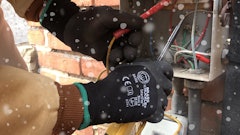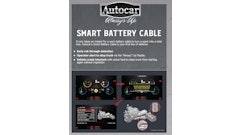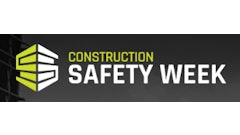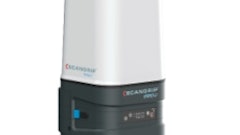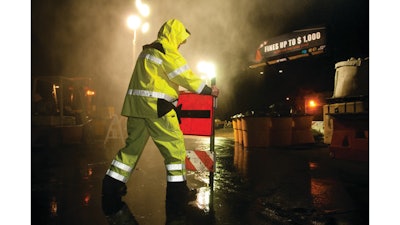
Let’s face it: Safety is not always something people want to talk about. It’s one of those topics that everyone knows is important, yet somehow seems to get glossed over on a daily basis.
However, around the world workplace accidents kill one person and injure another 153 others every 15 seconds. These are not statistics that should be ignored.
Manufacturers continue to invest in safety and are working to produce new equipment and technologies that can help keep workers safe.
Crew Care
Before workers are even allowed on the jobsite, ensure they are properly trained on your company’s safety procedures and have the proper personal protection equipment (PPE) that makes them visible to the traveling public when completing work.
The American National Standards Institute (ANSI) requires that contractors wear safety vests when there is risk of collision with the traveling public. Safety vests have one of three classifications: Class 1, Class 2 and Class 3. For most paving & pavement maintenance jobsites, a Class 1 vest can be worn.
Class 1 vests are for workers whose job puts them at the lowest risk level. These would be jobs in areas where traffic is traveling at or below 25 mph and work is taking place at a safe distance from a roadway.
According to the ANSI, in order for a vest to qualify as a Class 1 safety vest it must either a safety yellow or safety orange color and have a minimum of 155 square inches of reflective tape.
Class 2 vests are for jobsites where traffic travels under 50 mph and Class 3 vests are for high-risk jobsites where traffic travels above 50 mph.
One way to get your crews excited about safety is by making the safety vests they wear every day seem more interesting. While LED lighted vests are becoming popular to increase safety vest visibility, some companies are taking safety vests to the next level by adding smart technologies that help increase worker safety through GPS and health monitoring systems.
The InZoneAlert vest uses GPS tracking and short-range communication — something that many cars will have in the future. It sends an alert to the worker and driver the moment danger is detected. The vest currently also features LED lights, speakers and vibrations to determine which mode of communication is most effective.
RMIT University in Melbourne, Australia has also developed a new smart safety vest that uses sensors to measure a construction worker's body temperature and heart rate and then sends the data wirelessly to a smartphone app which will instantly alert users to any anomalies.
Heat-related illnesses are very common in the construction industry, and often people don't realize they are suffering from heat-related illnesses until it is too late. Wearers of the vest will be able to track their health by wearing the vest, an additional incentive for use.
Smart Vest Monitors Construction Worker Health in Real Time
Site Safety
Alerting the traveling public to your presence and keeping them out of your work zone is key to the safety of your crew.
“Science says that the earlier you can alert the motoring public that a work zone is ahead, the more likely they are to make good driving decisions, meaning the less likely it is an incident will occur,” Jim Marshall, director of marketing for TrafFix Devices says.
Contractors at minimum are required to comply with Manual on Uniform Traffic Control Devices (MUTCD) regulations issued by the Federal Highway Administration (FHWA). States may have additional work zone requirements in place as well.
“These standards are in place for both worker safety and the safety of the traveling public,” Marshall says. “With a federal standard, drivers have a frame of reference for all work zones when they look similar from state to state. As a result, motorists become accustomed to a uniform look of a work zone and the behavior of the motorists is then in the best interest of the workers.”
While cones and barricades haven’t changed much over the years, additional safety devices have been designed to increase worker safety. Many highway work zone have what is a called a New Jersey concrete barrier to keep cars out of the work zone.
“Paving and pavement maintenance contractors normally use flag lines between cones to accomplish the same goal, but that doesn’t always keep cars out,” Marshall says.
Instead, Marshall recommends contractors purchase longitudinal channeling devices which are the same as the concrete structures, only lighter and portable.
“These barriers can be set up and filled with water once installed on the jobsite to keep them in place and create a barrier that inhibits the entry of a vehicle into the work zone,” he says.
TMAs Increase Safety
Many paving contractors haven't invested the money in a Truck Mounted Attenuators (TMA), but maybe they should. TMAs, also known as “crash trucks,” are energy-absorbing devices are attached to the rear of trucks or trailers that act as a barrier between workers and traffic. Drivers who lose control of their vehicles will first hit the TMA, which will fold and therefore absorb the impact while protecting the driver.
However, since a TMA truck is meant to act as a crash cushion between a distracted driver coming into a work zone, and the construction workers that are in the work zone doing their job, there is no true purpose of the vehicle except to be hit. This means your workers who drive these vehicles are inevitably placed in harm's way, literally waiting to be hit.
“There are many TMA trucks on the market today that are meant to act as a crash truck, but are built so poorly that the drivers and workers were still getting injured, or worse, killed,” says Samantha Schwartz, marketing & business development manager at Royal Truck & Equipment.
However, with the development of driverless vehicle technology, along with an attenuator, the game has changed. Royal Truck & Equipment has developed an Autonomous TMA (ATMA) that can maintain the safety of the work zone without putting the driver’s life in a high-risk and dangerous situation.
Safer Work Zones a Reality with Driverless Vehicle Technology
Royal is testing the program in Florida and Pennsylvania.
“The pilot program will yield a significant amount of never before captured data regarding the automation of road construction vehicles and the utilization of these vehicles in work zones,” Schwartz says. “What will be learned from the pilot program will apply towards further integration of these technologically advanced vehicles in an effort to continue to create a more safe and accident-free work environment on roadways.”
All the right apparel, equipment and technology are helpful in making a work zone safer, but the level of safety in a work zone depends most heavily on the people involved in the project and working on the job site every day. Safety should be top of mind for the entire construction team — from project managers and supervisors, to the workers and equipment operators from start to finish on every project.


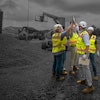
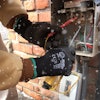
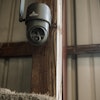
![[Video] Leica Geosystems and Milrem AS Team Up for World's First All-terrain Mobile Mapping UGV](https://img.forconstructionpros.com/files/base/acbm/fcp/image/2016/07/default.5788eb2ea4bad.png?auto=format%2Ccompress&fit=crop&h=167&q=70&w=250)
